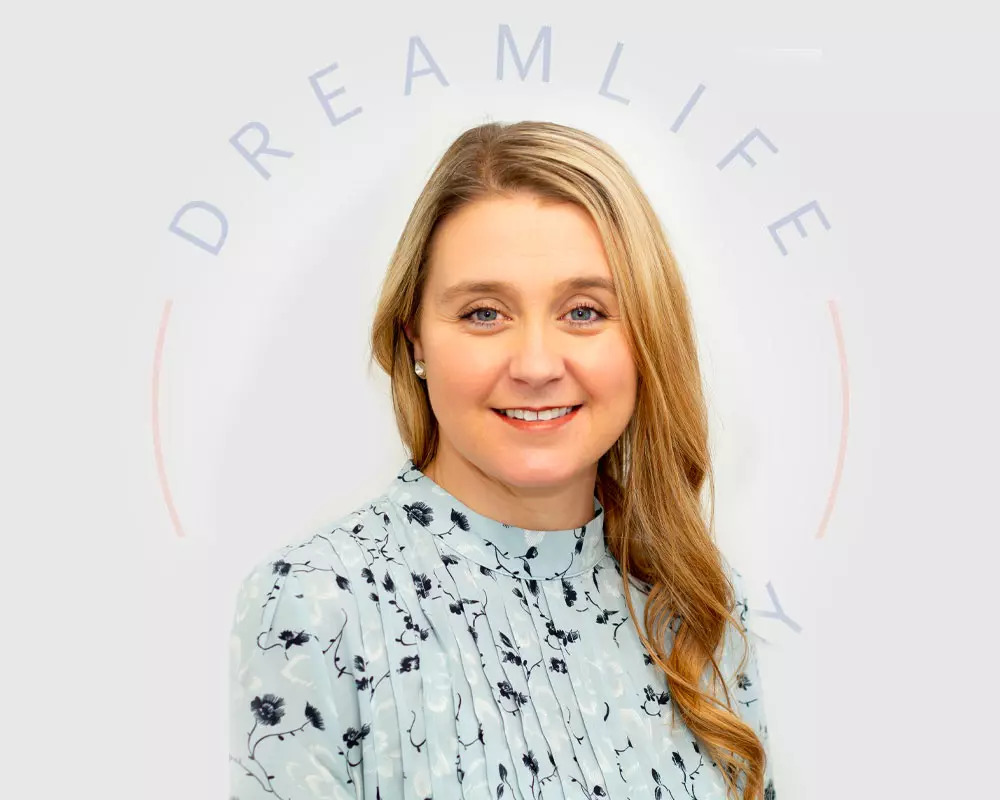An Inside Look at Borderline Personality Disorder- Written by Our Clinical Staff
June 10, 2020 - Mental Health
Medically Reviewed by Brooke McKenzie
Written By
DreamLife Recovery Personality, what is it? How is it formed? How we think, feel, and behave are characteristics of our personality and can account for the consistent way people act across different situations. A person with BPD is impulsive, has marked problems with interpersonal relationships, chronic feelings of emptiness, emotional instability, difficulty controlling their anger, a fear of abandonment, risky behaviors, impulse control issues, dissociation, and frequent suicidality. Due to their inability to regulate their emotions, individuals with BPD may cut or burn themselves, may have an eating disorder, or engage in other process addictions such as sex and love addiction. Physical, mental, emotional, and sexual abuse amplifies the severity of BPD, the more trauma and abuse someone endures, the more symptomatic an individual may be. BPD can be comorbid with other psychological disorders (increasing the difficulty to treat), can have a hereditary component, can stem from childhood maltreatment, and can affect both the male and female gender. BPD is the fourth leading cause of disability for women and sixth for men. BPD is often comorbid with bipolar disorder (as high as 18%), major depressive disorder (as high as 87%), anxiety disorders (as high as 60%), post–traumatic stress disorder (as high as 57%), substance use disorder (as high as 38%), and eating disorders (up to 26%).
Personality, what is it? How is it formed? How we think, feel, and behave are characteristics of our personality and can account for the consistent way people act across different situations. A person with BPD is impulsive, has marked problems with interpersonal relationships, chronic feelings of emptiness, emotional instability, difficulty controlling their anger, a fear of abandonment, risky behaviors, impulse control issues, dissociation, and frequent suicidality. Due to their inability to regulate their emotions, individuals with BPD may cut or burn themselves, may have an eating disorder, or engage in other process addictions such as sex and love addiction. Physical, mental, emotional, and sexual abuse amplifies the severity of BPD, the more trauma and abuse someone endures, the more symptomatic an individual may be. BPD can be comorbid with other psychological disorders (increasing the difficulty to treat), can have a hereditary component, can stem from childhood maltreatment, and can affect both the male and female gender. BPD is the fourth leading cause of disability for women and sixth for men. BPD is often comorbid with bipolar disorder (as high as 18%), major depressive disorder (as high as 87%), anxiety disorders (as high as 60%), post–traumatic stress disorder (as high as 57%), substance use disorder (as high as 38%), and eating disorders (up to 26%).
Childhood Maltreatment
Borderline Personality Disorder (BPD) is created by childhood trauma rising out of abandonment, neglect, and/or abuse. This trauma/maltreatment can be sexual abuse, psychological or physical abuse, neglect, witnessing violence, such as spousal abuse, and many other types of maltreatment. When this happens, the child may conclude that there must be something intrinsically wrong with them, and that may deserve it, seeing themselves as helpless, unlovable, and weak. This results in the child growing up internalizing negative feelings/thoughts about themselves and others that they may have a relationship with, causing insecure attachments, which leads them to believe that they are being abandoned. This is a trigger for someone with BPD, and due to their emotional dysregulation, they have behaviors that go to the extreme.
Clinically, BPD occurs more often in women than in men. This may be because more women are sexually molested in their childhood than their male counterparts, it may be because of the gender stereotype that exists in our culture (men show less feelings, women more emotional), and it may be because less men seek out treatment than women.
Treatment at DreamLife Recovery
Being a true co-occurring program, clients who enter DreamLife are all screened for issues related to substance use and abuse, including but not limited to comorbid mood disorders, personality disorders, and trauma. Part of our integrated approach to treating addiction includes clinical programming of trauma and grief resolution. In addition to EMDR and Rapid Reduction Techniques for unresolved trauma, all clients participate in multiple dialectical behavioral therapy groups weekly. Dialectical behavioral therapy (DBT) is the only evidence–based intervention to assist in decreasing the symptoms related to BPD, such as emotional dysregulation and dissociation. In our weekly DBT groups, clients will learn skills related to mindfulness, distress tolerance, emotion regulation, cognitive modification, interpersonal effectiveness, and problem-solving techniques. Addiction, whether substance or process happens when an individual compulsively engages in a behavior, despite the consequences. Those with BPD and an addiction need to learn the skills and tools necessary to better able manage their distress, emotional discomfort and increase tolerance, enabling them to disengage from the behavior they desire to change instead of continuing to use it as a form of self-medication.







